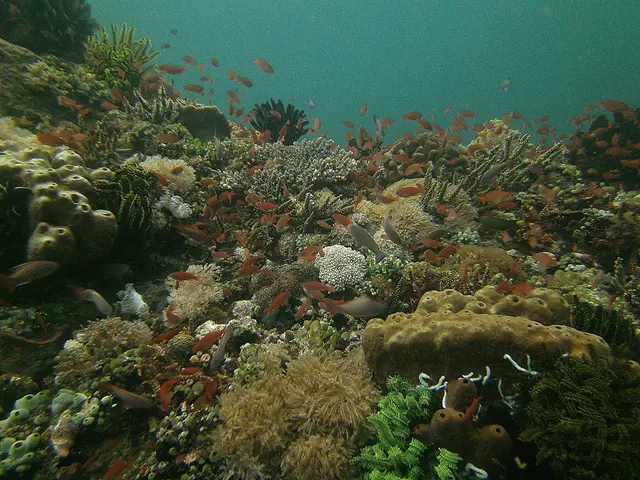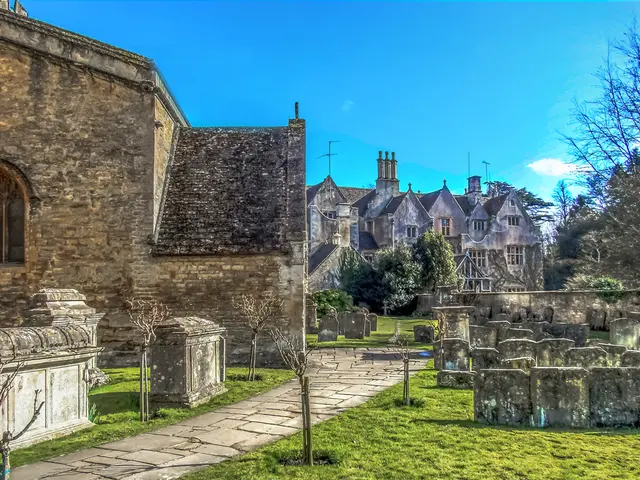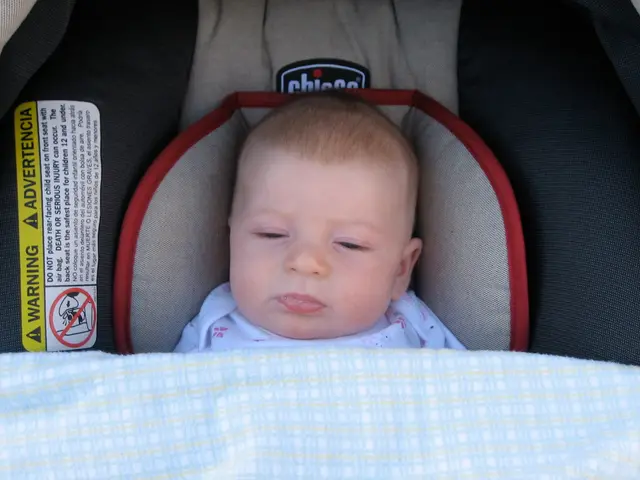Child violence: a tormenting and heart-wrenching truth
Childhood Blighted: The Pervasive Reality of Violence Against Children, Girls, and Adolescents
Globally, it's a heart-wrenching truth that around 50% of children and girls face mistreatment, physical violence, verbal abuse, and even sexual assault. Locally, Argentina reports a 15% increase in children and girls victimized by violence in 2023. Let's dive into the disturbing numbers and the urgent need for action.
In the City of Buenos Aires, the Council of the Rights of Children, Girls, and Adolescents reported that more than two-thirds of their interventions were linked to situations of violence. Shockingly, in 4 out of 10 sexual abuse cases, the children live with the abuser, and in 6 out of 10 cases, the abuser is a family member.
Violence against children isn't just a present issue; it conditions their future as well. Be it through old-fashioned punishment methods learned from parents or the risks associated with new technology, society has a lot to tackle. Unfortunately, many violent parenting practices persist in our society, leaving a lasting impact on children's lives.
To combat this grave issue, we need to act not just react. By combining forces from the Judicial Power, Legislative Power, Executive Power, civil society, and the private sector, we've began constructing networks to prevent and tackle violence against children across various spheres. In 2022, The City of Buenos Aires took on the international commitment with the Global Inspire initiative to create a Comprehensive Action Plan against Violence towards Children, Girls, and Adolescents. This plan aims to make violence visible and eradicate it through actions at all levels, providing a concrete tool to help achieve a world free from violence for every girl, boy, and adolescent.
However, systemic challenges such as organized crime, structural inequality, and gender-based violence persist. Drug trafficking networks in Buenos Aires and Rosario contribute to violent environments. Vulnerable neighborhoods with limited policing experience high crime rates, disproportionately affecting children and adolescents. Additionally, persistent issues like intimate partner violence and femicide affect girls, correlating with broader societal trends.
Addressing violence against children requires updated gender- and age-disaggregated crime data and expanded community-based prevention programs. For inspiration, we can look at Brazil's 2025 CHAMPS initiative, which focuses on child protection from birth through adolescence via evidence-based policies and online platforms. By following such models, Argentina has the opportunity to create a safer future for its children, shattering the cycle of violence and ensuring each child grows up with confidence and safety.
- The violence inflicted upon children is estimated to affect about 50% globally, with no borders or barriers between affected and unaffected regions.
- In Buenos Aires, the integral approach to combat violence against children involves collaboration from various sectors, including the Judicial Power, Legislative Power, and Executive Power.
- Science plays a pivotal role in understanding and Devising therapies and treatments for children affected by violence, aiding in their emotional and mental recovery.
- While some progress has been made, challenges remain, such as organized crime and structural inequality, which contribute to a pervasive culture of violence towards children.
- The World Health Organization (WHO) emphasizes the importance of workplace-wellness programs, including mental-health support and resources, for employees with medical conditions to create a healthier and safer work environment.
- The City of Buenos Aires has taken a stand against violence, with the Council of the Rights of Children, Girls, and Adolescents advocating for greater protections and resources for victims.
- In the fight against violence, it's crucial to prioritize family health, educating parents on positive parenting methods and addressing violence at home as a key factor in preventing future cycles of violence.
- The struggle against violence includes advocating for expanded community-based prevention programs, especially in underserved areas with higher crime rates, to make communities safer for children and adolescents.
- As part of the General News, it's essential to report on the ongoing issues of violence against children and share resources for families seeking help, fostering a culture of awareness and activism.
- In the realm of education and self-development, reading books on parenting, mental health, and child development can empower parents to make informed decisions and create healthier, happier families.
- To ensure the holistic well-being of children, it's necessary to address the physical, mental, and emotional aspects of their lives, including aspects such as fitness, exercise, and even skin care.
- Skills training and personal growth workshops can help parents develop the necessary tools to navigating social-media platforms and technology safely, protecting their children from online threats and dangers.
- In the quest for justice, advancing career development opportunities in the field of crime and justice can lead to more supportive workplaces and increased resources dedicated to addressing violence against children.
- The entertainment industry plays a role in shaping societal norms and attitudes, promoting positive messages about healthy relationships and respect for all individuals, particularly children.
- Job-search platforms and organizations can help connect professionals in the field of child protection, facilitating cooperation between sectors and driving progress on issues related to violence against children.
- Pop culture, including music, films, and television, can influence attitudes towards violence and should aim to promote empathy, understanding, and positive change in the way society perceives and responds to violence against children.









